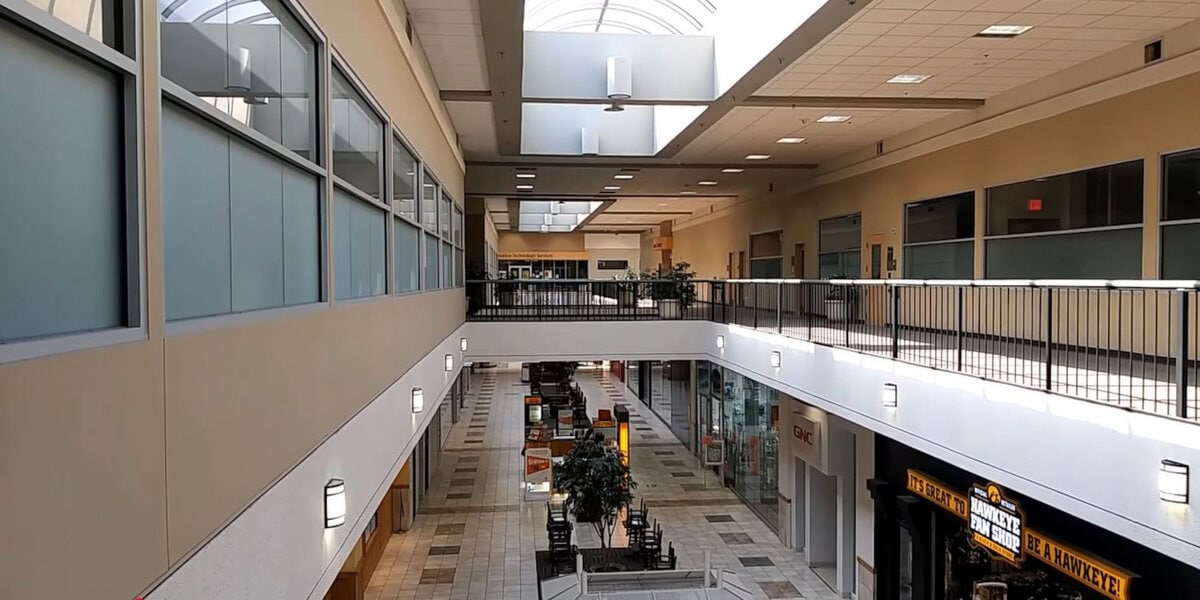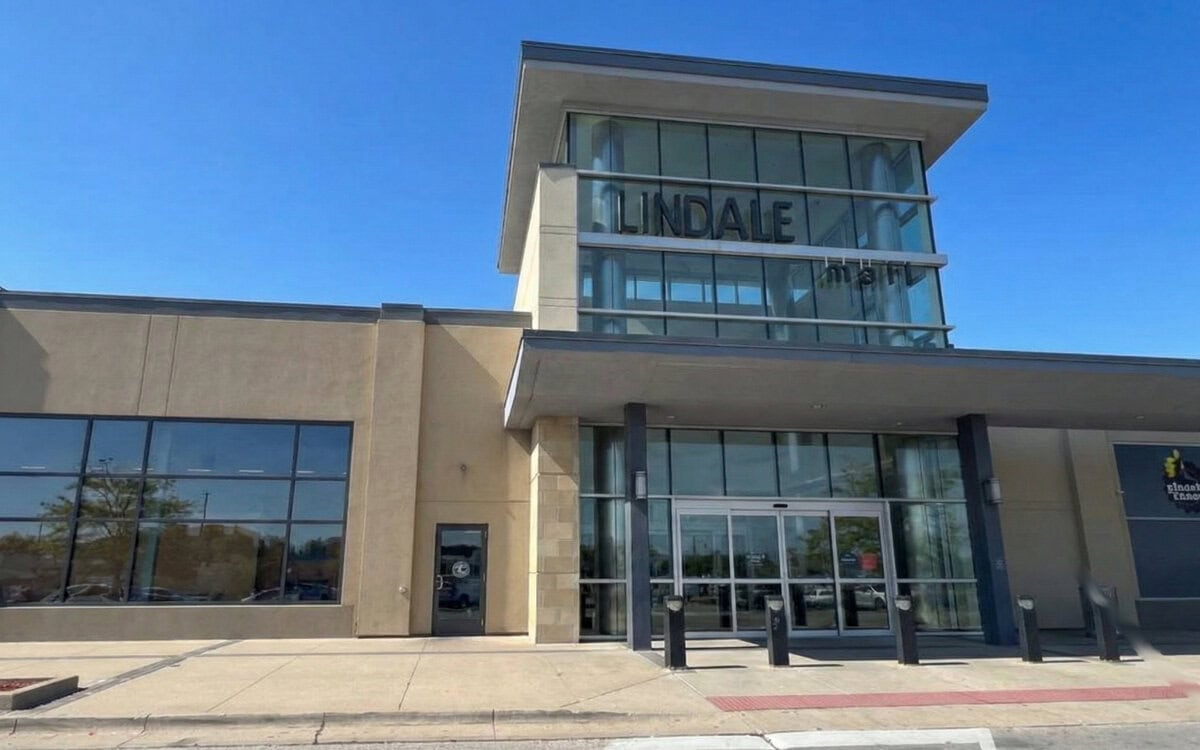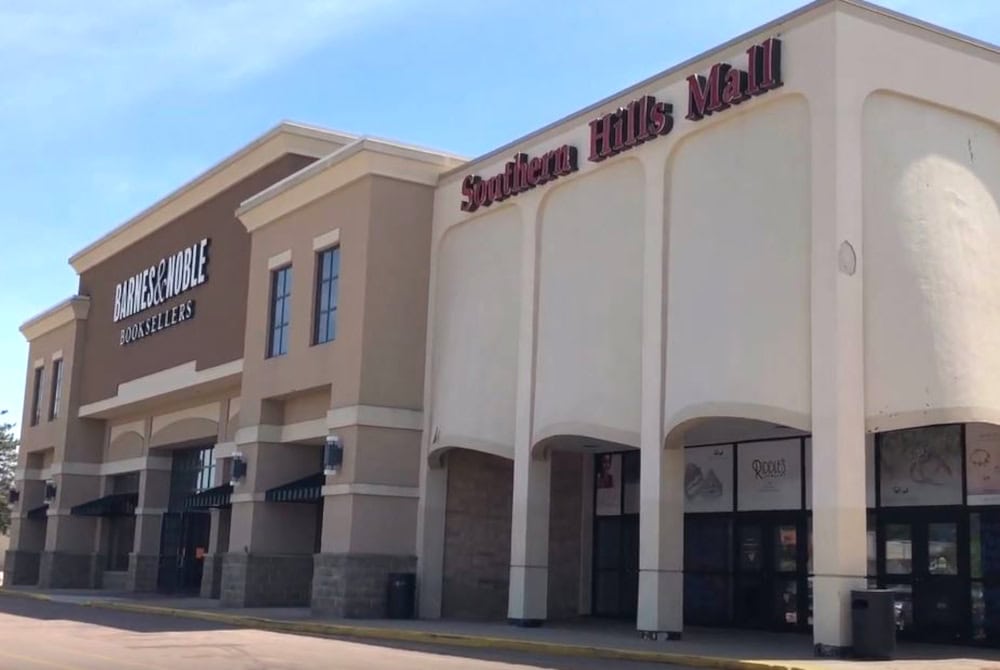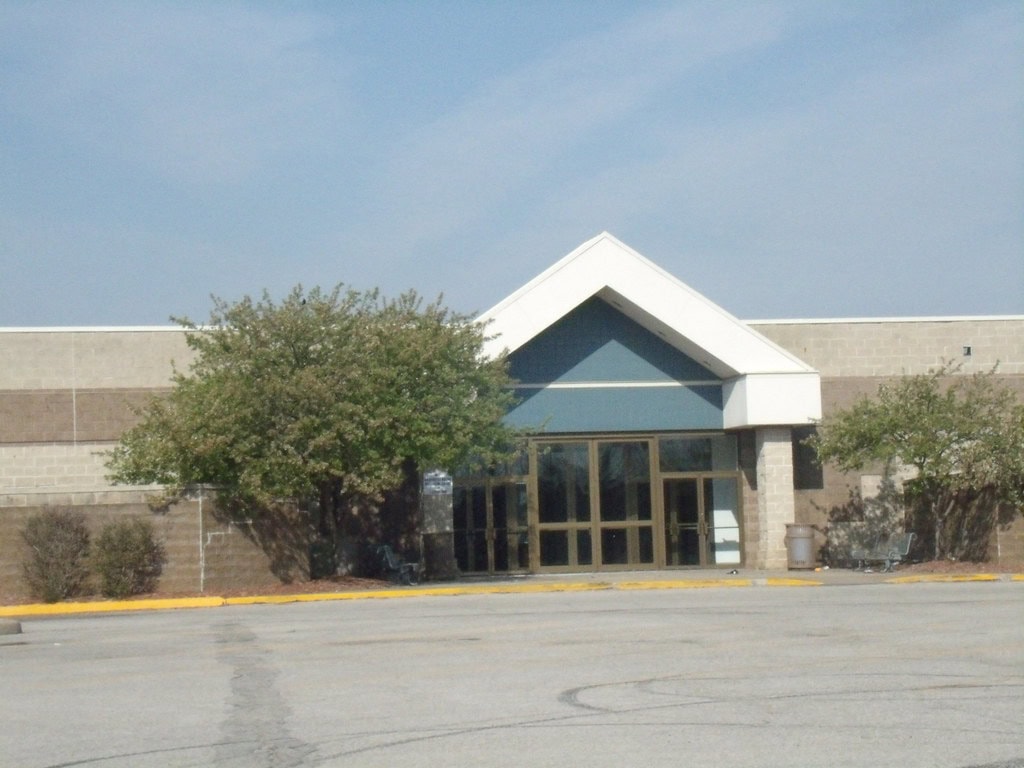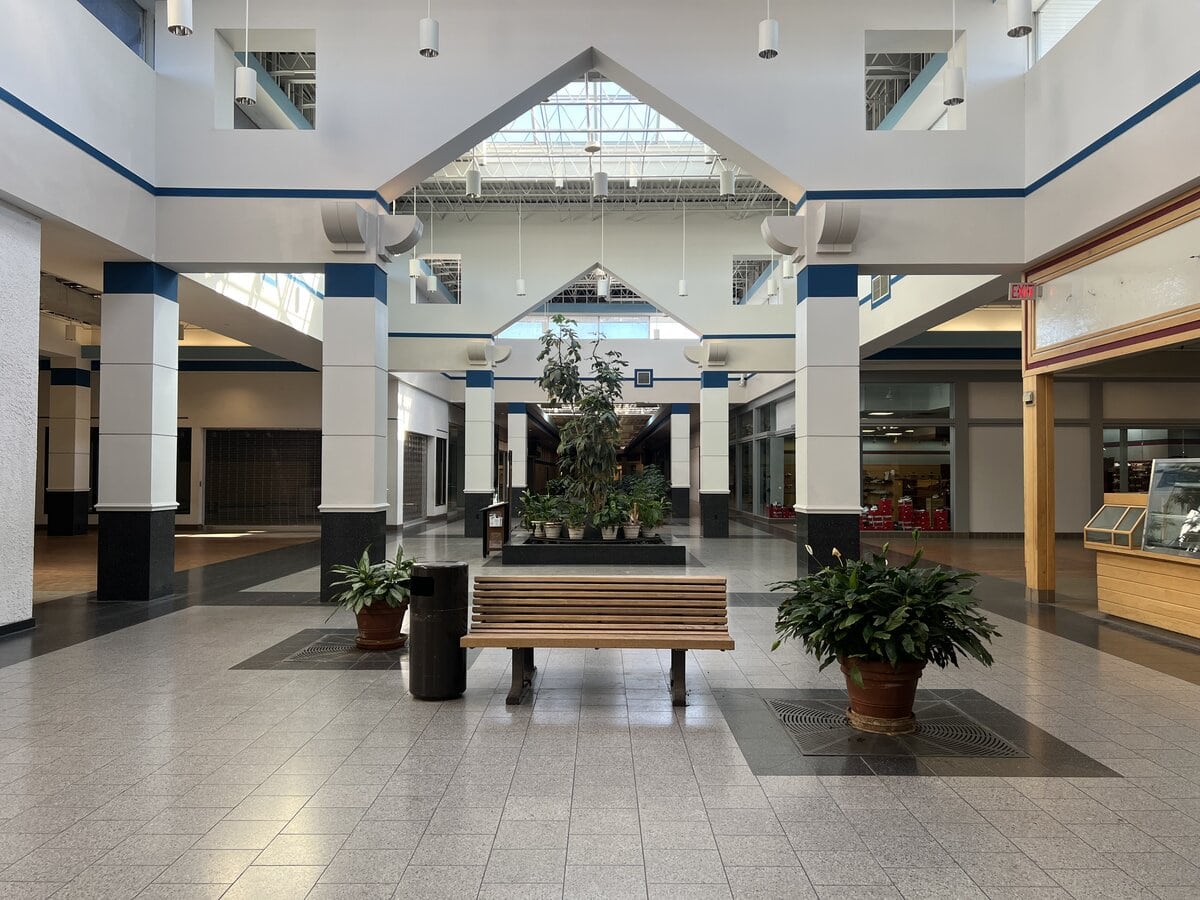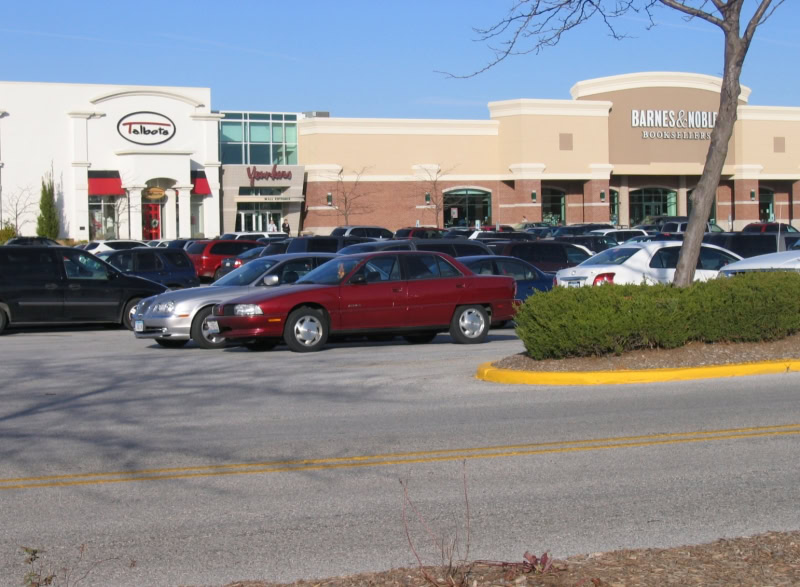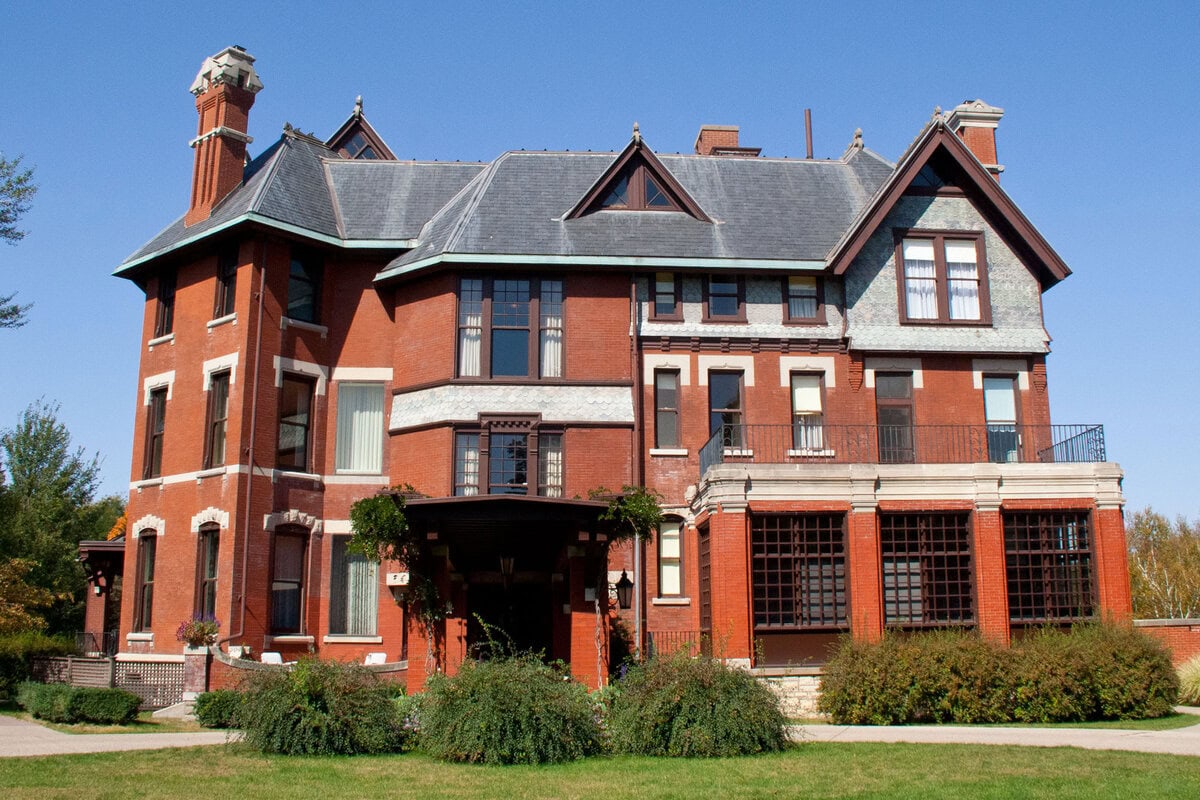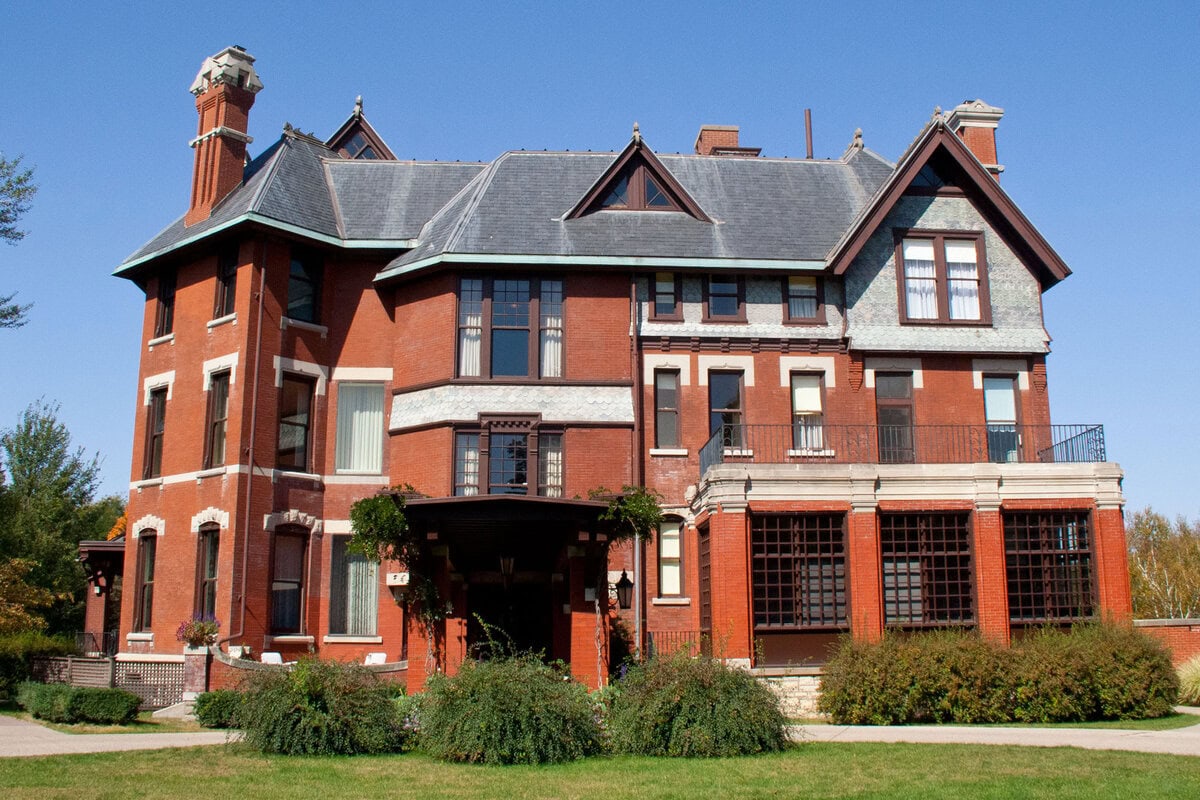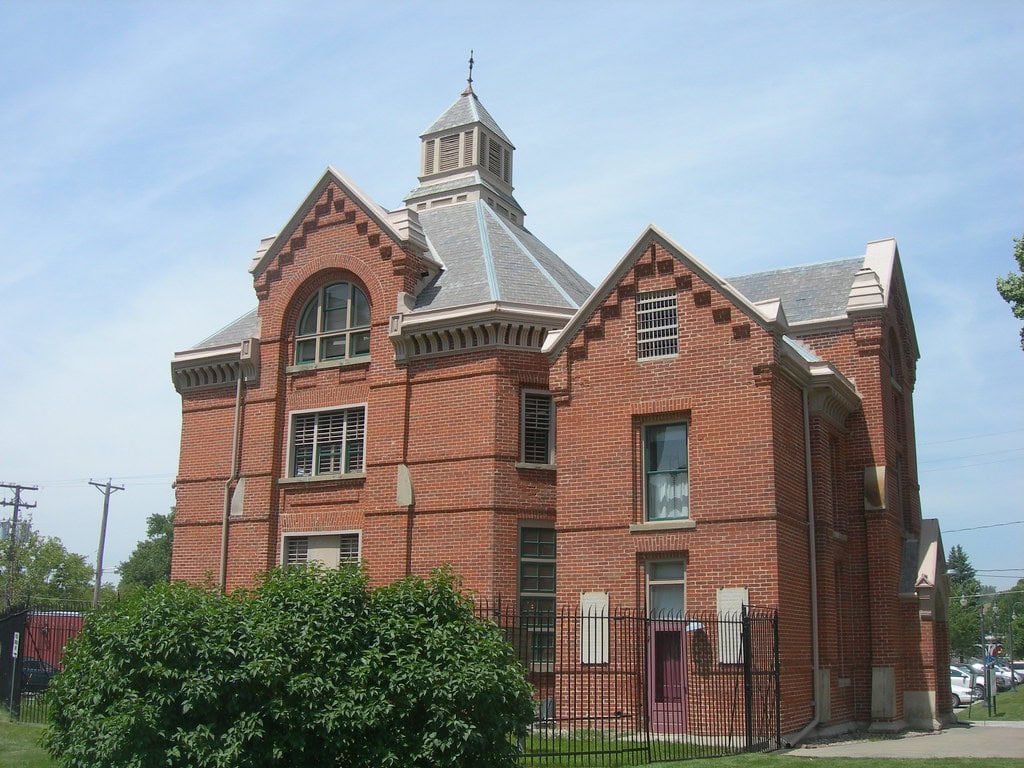Crossroads Mall - A Retail Venture in Waterloo, IA
In 1967, Crossroads Center Inc. announced plans for a new enclosed shopping mall in Waterloo, Iowa.
The project was part of a broader retail expansion that included two other malls, one in St.Cloud, Minnesota, and another in Fort Dodge, Iowa.
At the time, enclosed malls were gaining traction across the U.S., offering a climate-controlled alternative to traditional downtown shopping districts.
The proposed mall in Waterloo aimed to be a regional shopping destination, catering to residents of Black Hawk County and beyond.
Developers selected a location near the junction of Interstate 380 and U.S. Highway 20, which is easily accessible for shoppers traveling from nearby towns.
The plan included multiple large anchor stores and several smaller specialty retailers.
It was designed to be one of Iowa's most modern retail centers.
Construction moved quickly. The first major store, Sears, opened on March 24, 1969, a full year before the mall itself was ready.
This was a common strategy in mall development, using early anchor openings to build anticipation and attract shoppers before the grand opening.
By March 1970, Crossroads Mall officially opened as Iowa's first enclosed mall and its only two-story shopping center.
It debuted with several well-known retailers, including JCPenney and Black's department store.
With these additions, the area became a prime location for shopping and entertainment, as a go-to destination for things to do in Waterloo, IA.
Crossroads Mall Thrives as a Retail Powerhouse (1970s-1990s)
By the late 1970s, Crossroads Mall had established itself as Waterloo's top shopping destination.
Department stores like JCPenney, Black's, and Sears drew steady traffic, while specialty shops sold a mix of fashion, home goods, and electronics in the mall's corridors.
Shoppers could browse stores like B. Dalton Bookseller, Claire's, and Foot Locker, all offering products that cater to changing consumer trends.
In 1978, Black's department store transformed and rebranded as Donaldson's.
This shift reflected broader retail trends as national brands sought to expand their presence in regional malls.
The late 1980s saw another change, Donaldson's became Carson Pirie Scott in 1987, introducing a fresh retail identity to the space.
Crossroads Mall didn't just maintain its momentum, it expanded.
In 1989, the upper level of JCPenney was converted into a Herberger's store, bringing in another anchor retailer.
Around the same time, a 57,000-square-foot portion of Sears was leased to Phar-Mor, a deep-discount pharmacy chain that became a popular stop for bargain shoppers.
By 1993, Phar-Mor had been replaced by ½ Price Store, which was later rebranded as Gordmans in 2000.
The mall underwent a major renovation in 1997, with $4 million allocated to interior updates.
At the same time, Dillard's invested $20 million in a brand-new, 155,000-square-foot anchor store, which officially opened on August 13, 1997.
With these additions, Crossroads continued to thrive, drawing shoppers not just from Waterloo but also from nearby cities like Cedar Falls, Waverly, and Independence.
During this period, the surrounding retail district grew as well.
Super Target opened in 2000, strengthening Crossroads' position as the heart of Waterloo's retail scene.
The mall had reached its peak, filled with national chains, busy department stores, and steady foot traffic.
But retail was evolving, and change was on the horizon.
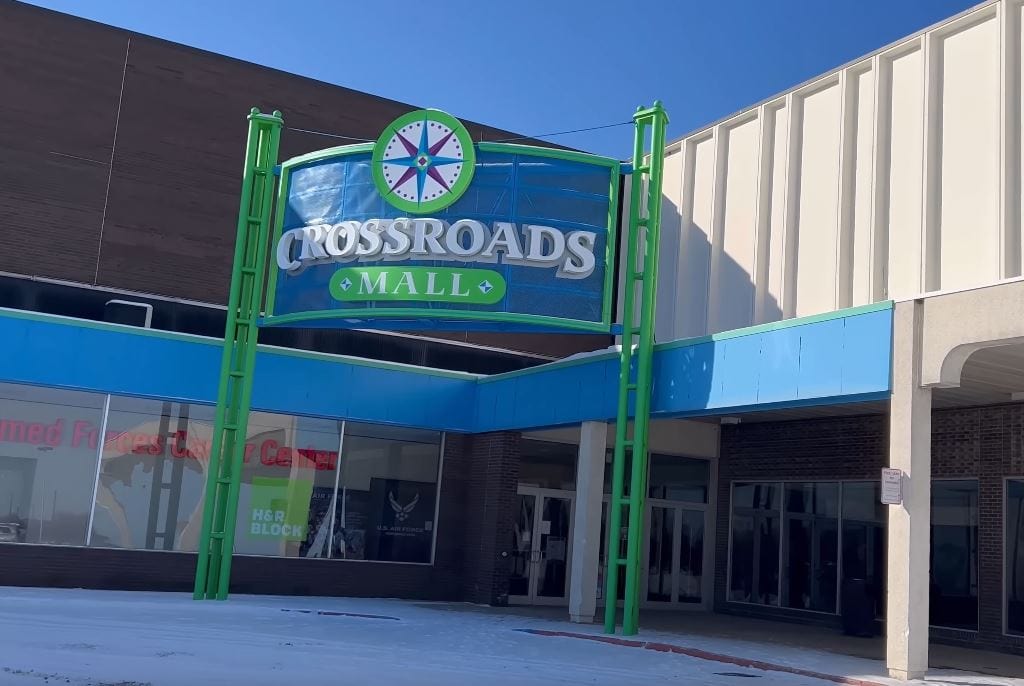
Early Warning Signs and Store Closures (2010s-2020)
By the early 2010s, shopping habits were shifting, and malls across the country started feeling the impact.
Crossroads Mall, which had thrived for decades, began facing lower foot traffic and increased competition from online shopping.
Large department stores, once the backbone of the mall, struggled to maintain sales.
In 2015, JCPenney announced it would close its Crossroads location as part of a nationwide restructuring plan affecting 39 stores.
The store had been one of the mall's original anchors, so its departure marked a turning point.
The vacant space didn't stay empty for long, At Home moved in in 2016, repurposing the building for its home décor and furniture offerings.
In January 2018, Sears confirmed it would shut down its Crossroads location after nearly 50 years in business.
The store closed in April 2018, removing another key anchor.
The trend continued when, in April 2018, Younkers' parent company, The Bon-Ton, announced it was liquidating all stores.
The Younkers location at Crossroads shut its doors by August 29, 2018, leaving a growing number of empty storefronts inside the mall.
The closures accelerated in 2020 when Gordmans announced it was shutting down due to its parent company going out of business.
Just over a week later, Dillard's announced it was leaving the mall as well.
That decision removed Crossroads' last full-line department store, a major blow to the mall's retail mix.
At this point, At Home remained the only anchor tenant while smaller retailers struggled to stay open.
The Loss of the Last Anchor and a Hollowed-Out Mall (2023)
By August 2023, Crossroads Mall had already lost all of its original anchor stores.
The last remaining holdout, At Home, announced that it would close by November 2023, leaving the mall without major retailers.
The impact was clear inside the mall. Without anchor stores drawing crowds, smaller retailers struggled to stay afloat.
Some relocated to nearby shopping centers, while others simply shut down.
Popular chains that once filled Crossroads' corridors, such as Victoria's Secret, American Eagle, and The Children's Place, had already left.
Only a handful of vendors remain in the food court, which was once packed with shoppers grabbing quick meals.
Outside the mall, the surrounding retail area remained active.
Walmart, Best Buy, Super Target, and Barnes & Noble still brought in customers, but few had a reason to enter the main mall itself.
A handful of businesses, including salons and specialty shops, continued to lease space, but foot traffic had dwindled.
The 12-screen movie theater nearby still operated, but its presence wasn't enough to revive the mall's fortunes.
The property's owner, Namdar Realty Group, had gained a reputation for buying struggling malls and keeping them open with minimal investment.
With so many closures, Crossroads Mall had become a nearly empty retail shell, waiting for its next chapter.
The Transformation of Crossroads Mall: A New Era for Waterloo
In November 2024, the Waterloo City Council approved a $20 million development agreement with Waterloo Crossroads Development LLC to acquire, demolish, and redevelop the aging Crossroads Mall.
Over the years, Crossroads Mall has experienced a steady decline, with numerous store closures leaving it largely vacant.
By late 2024, the mall housed fewer than fifteen businesses, including a U.S. Cellular store, two restaurants, a massage parlor, and military recruiting offices.
The approved redevelopment plan envisions replacing the demolished mall with standalone retail stores, recreational facilities like basketball and pickleball courts, residential apartments, and community amenities such as an outdoor plaza, splash pad, and dog park.
These proposed features aim to revitalize the area and transform it into a vibrant mixed-use space that caters to the diverse needs of Waterloo's residents.
The demolition of Crossroads Mall is scheduled to begin in the summer following the finalization of the sale in January 2025.
While specific timelines for the completion of the redevelopment project have not been established, the initiative reflects a broader trend of repurposing declining retail spaces to better serve contemporary urban communities.
This redevelopment represents a pivotal moment for Waterloo, as the city seeks to rejuvenate a once-thriving commercial hub and adapt to changing economic and social landscapes.

